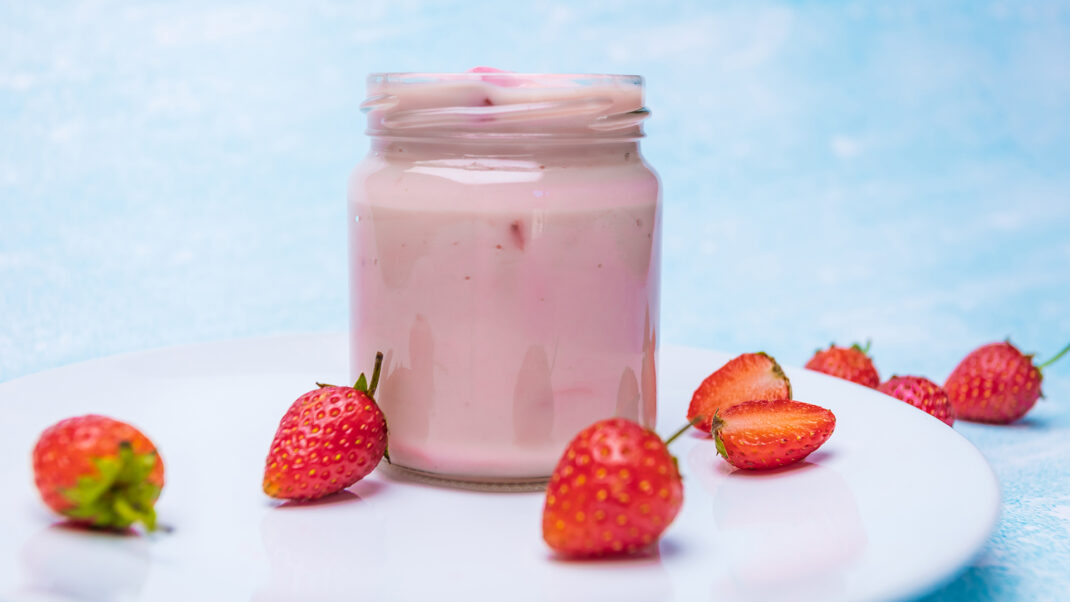
Long popular in Eastern Europe, kefir is now gaining a foothold in more dairy aisles in North America as the interest in fermented foods to bolster the microbiome has rocketed upwards in recent years. It’s produced when cow, goat or sheep milk is fermented by lactic acid bacteria and yeasts encased in what is known as “kefir grains”. It’s now possible to find plant-based kefir made from items like coconut or almond milk. The tangy dairy has a consistency more similar to buttermilk than that of yogurt.
The upside: Many brands contain a greater overall population of microbes, including beneficial Lactobacilli species, than yogurt. So, it stands to reason that kefir can improve the bacterial make-up of your microbiome, which could have a range of health benefits including improving gut and immune functioning. However, there remains a dearth of research to show the specific impacts it has on the microbiome. Research suggests it can be easier to digest than milk for a segment of the population—the robust population of bacteria in kefir feasts on and reduces levels of lactose—a natural sugar in dairy that can cause digestive woes for various people. As with other dairy, kefir contains a quartet of items that can help strengthen our skeleton. That would be protein, calcium, vitamin K2 and vitamin D.
The downside: Most flavored types of kefir contain a fair amount of added sugar, so most often it’s advisable to opt for plain versions. But not everyone enjoys the extra tang that plain-flavored kefir delivers. It may have fairly low levels of lactose but should not be considered a lactose-free product. So those who are very sensitive may need to steer clear. The rising tide of plant-based kefir may not contain nearly the same nutrient profile as the dairy-based version if it is not fortified. Some will also point out that the dairy industry, which kefir is part of, continues to have a detrimental impact on the environment including driving up greenhouse gas emissions.
The verdict: From a nutritional perspective, few dairy products can stand up to kefir, making it a smart buy, especially if you enjoy its unique taste. If your budget allows, opt for brands certified organic and that use milk gleaned from grass-fed cattle. Heating kefir can likely kill off a good chunk of its beneficial microbes, so enjoy it more often as a straight-up drink, the liquid base for smoothies, or something to float your cereal in.
See also: Nutrition Trends: Buy or Bye?
Matthew Kadey, MS, RD
Matthew Kadey, MS, RD, is a James Beard Award–winning food journalist, dietitian and author of the cookbook Rocket Fuel: Power-Packed Food for Sport + Adventure (VeloPress 2016). He has written for dozens of magazines, including Runner’s World, Men’s Health, Shape, Men’s Fitness and Muscle and Fitness.


